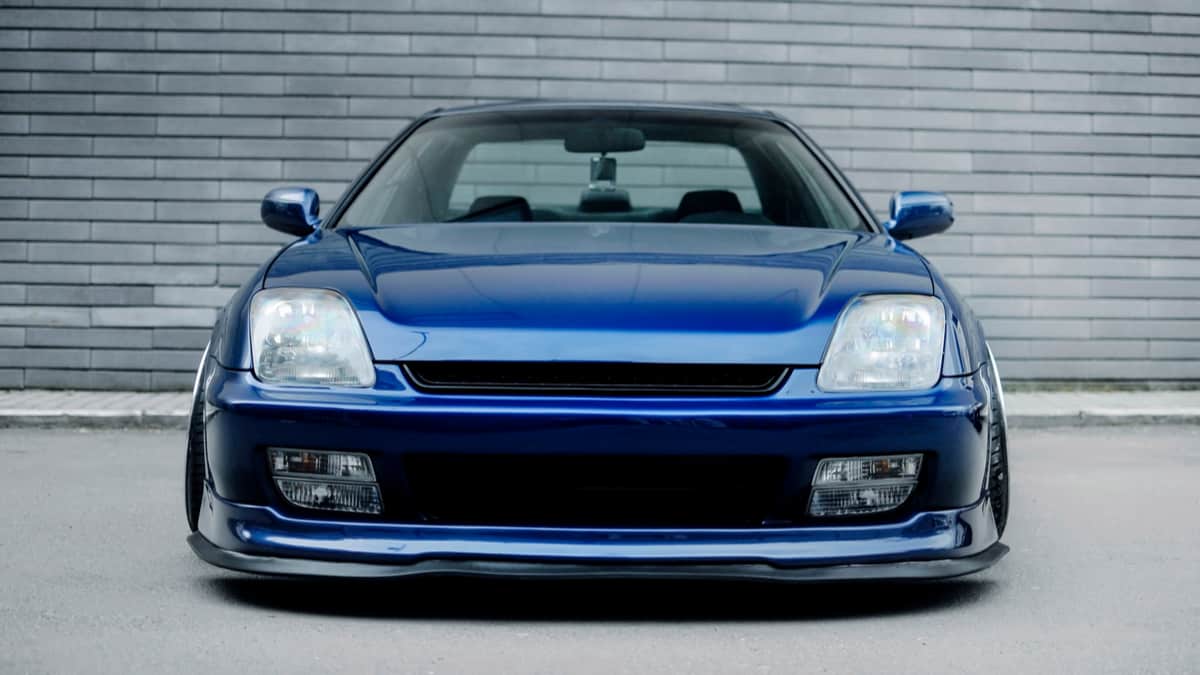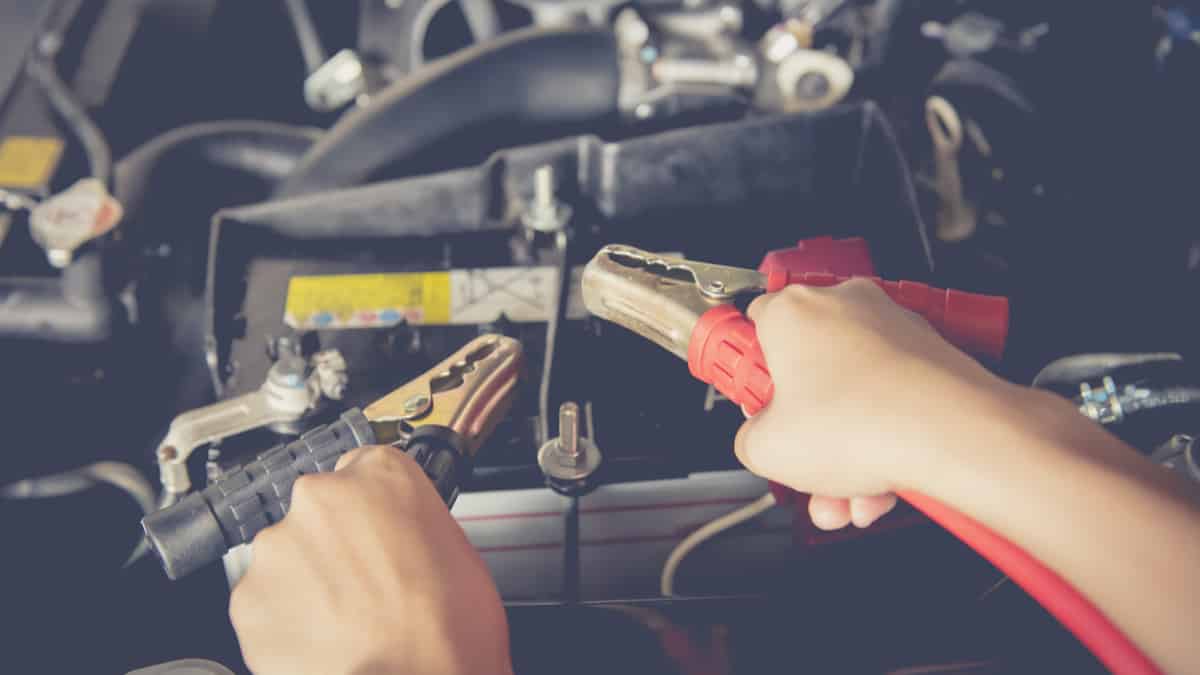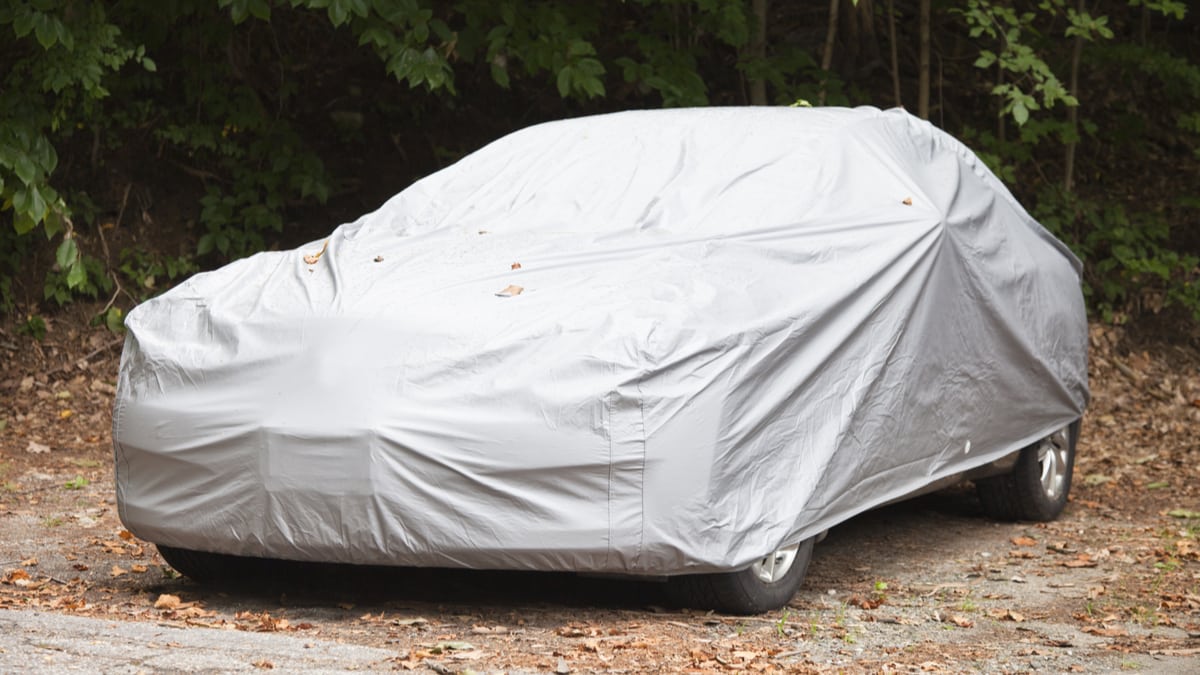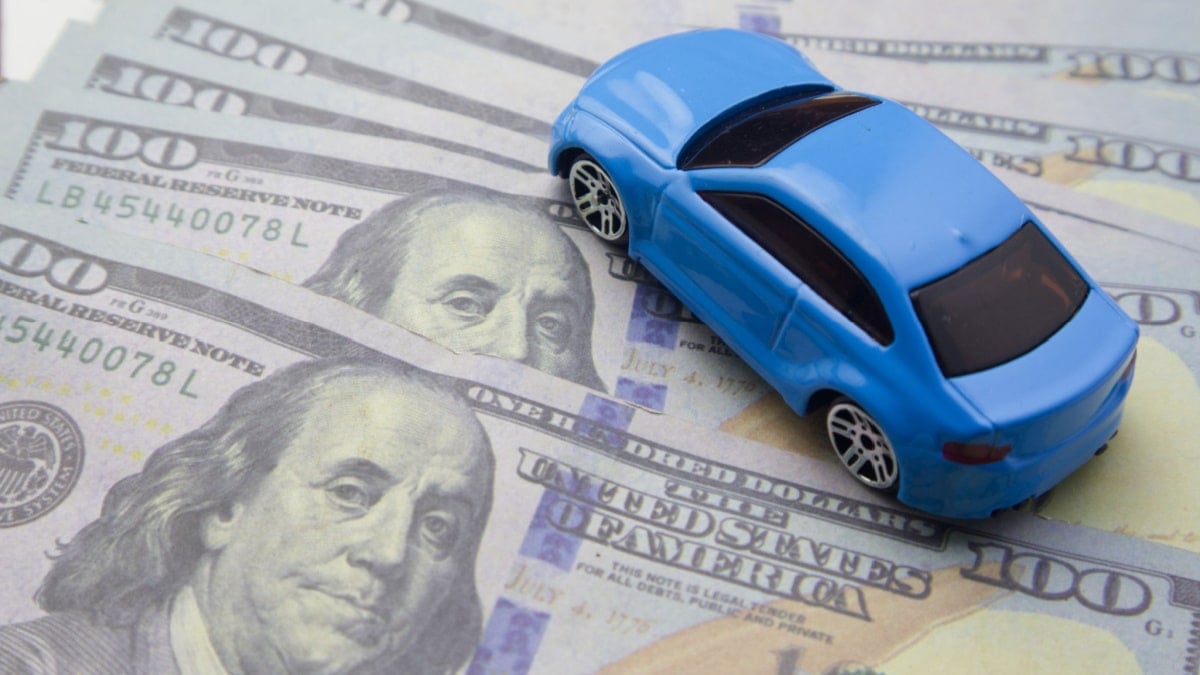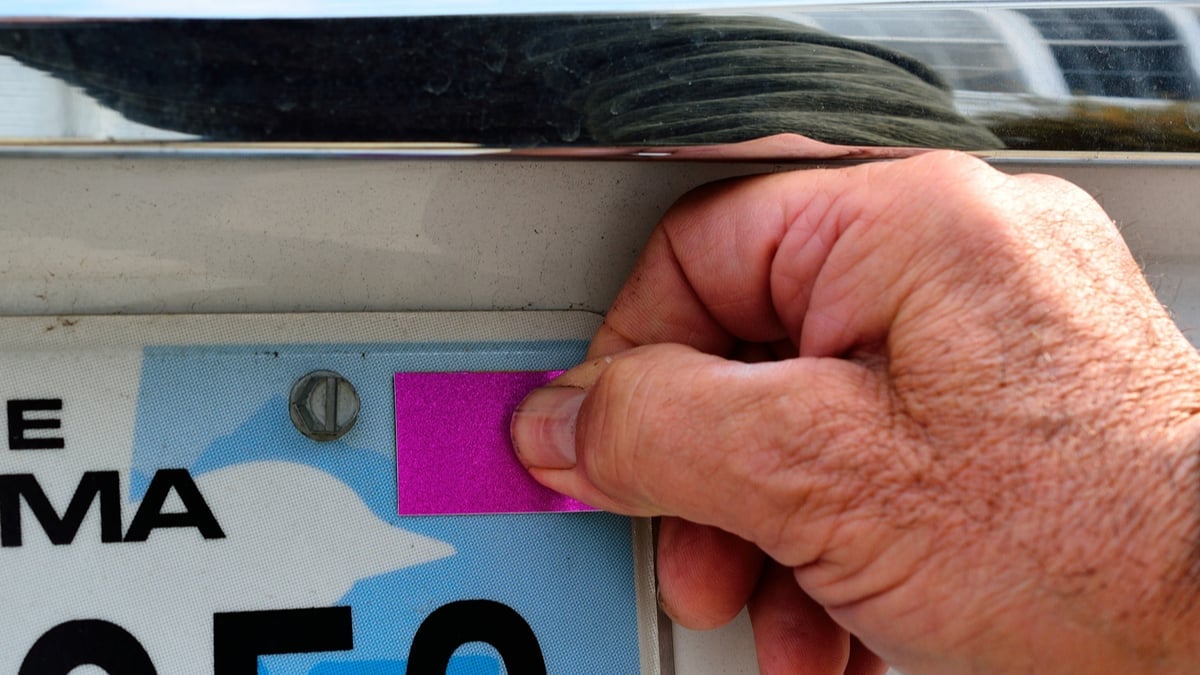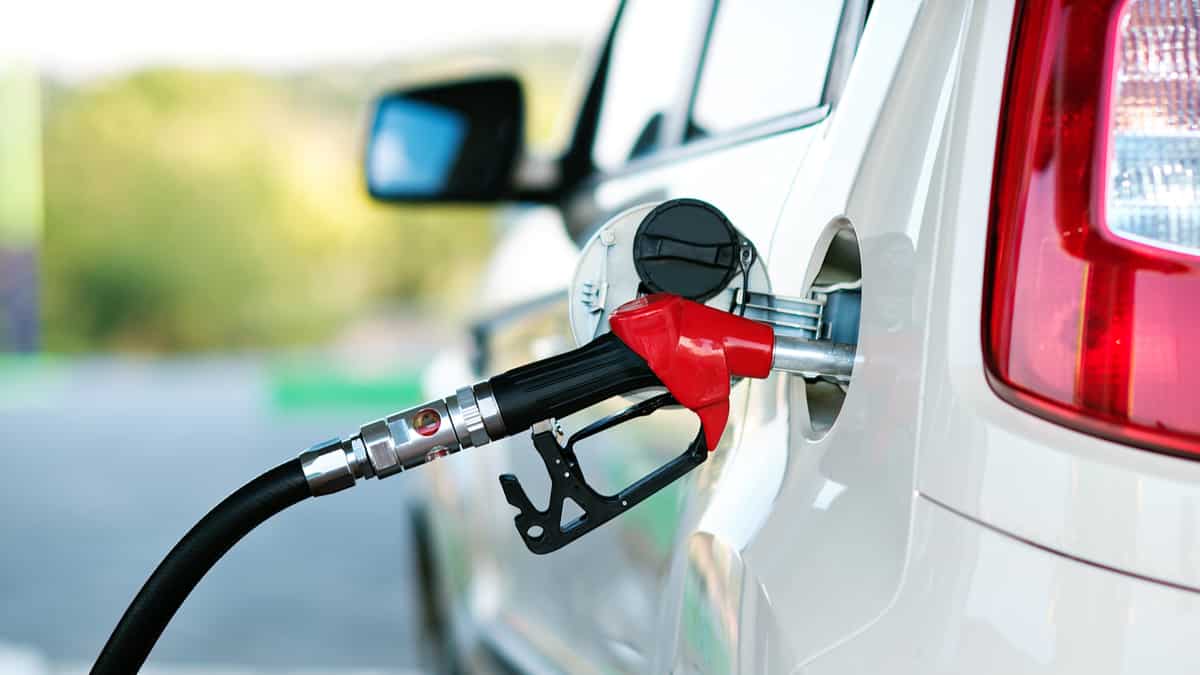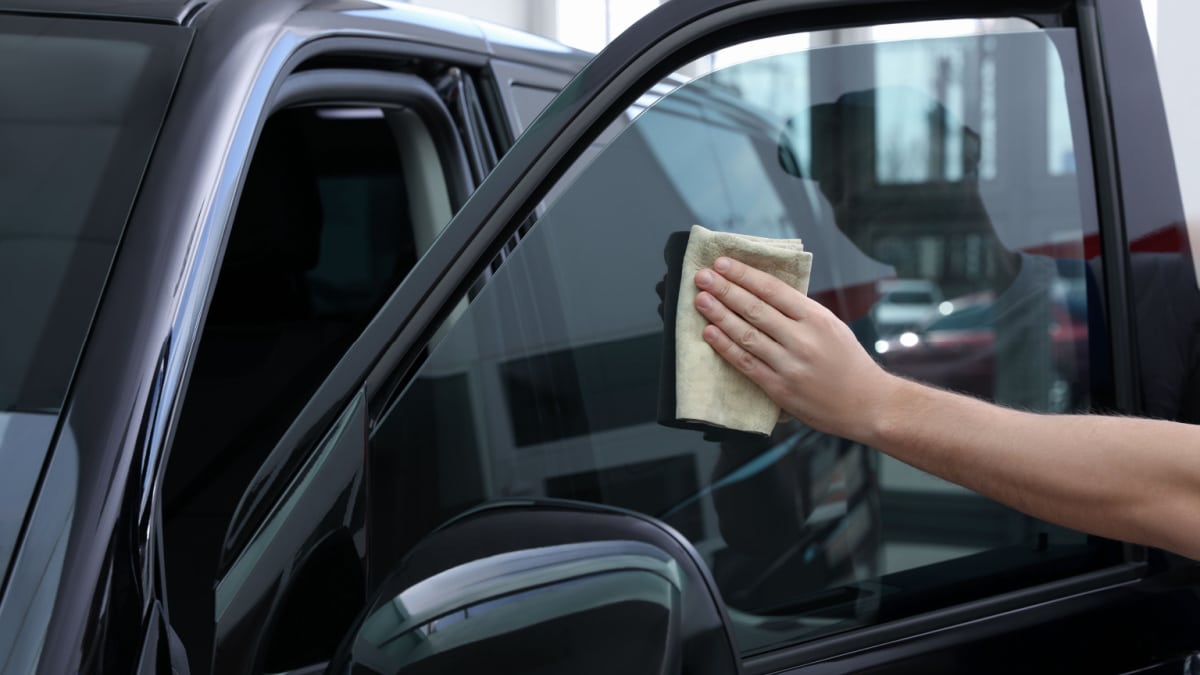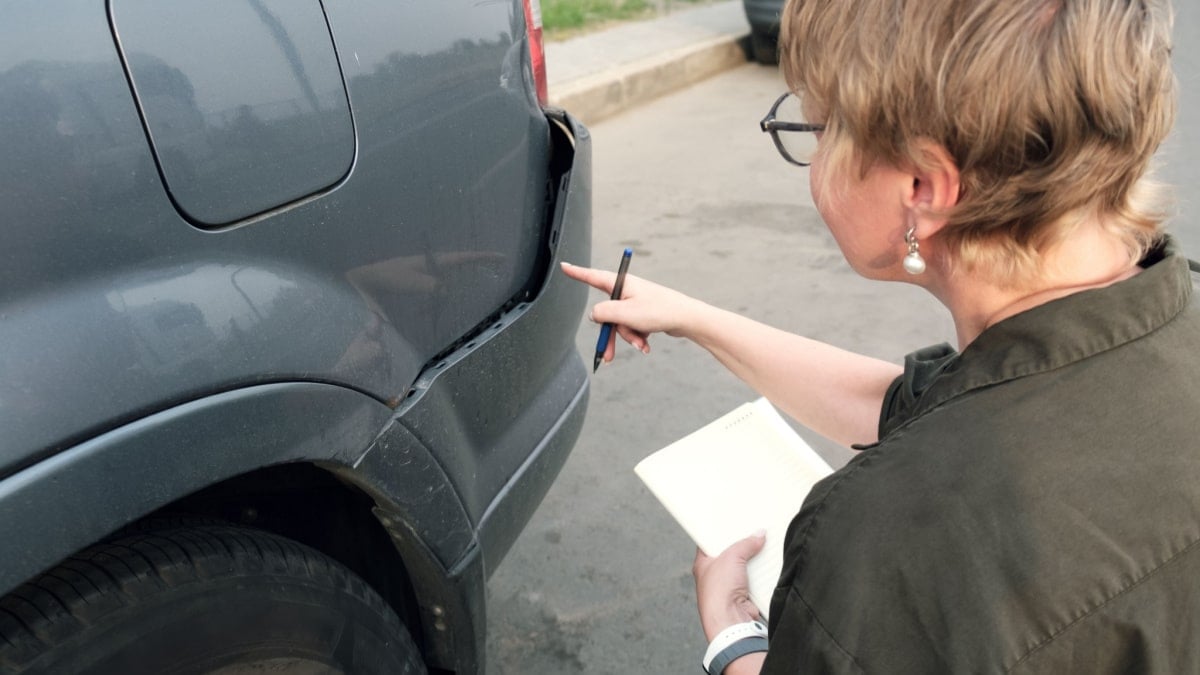If you’ve signed up for a car lease, you might change your mind at some point during the agreed-upon term. You may prefer to buy the car sometime during the original terms or at the end of the lease. When this happens, can you refinance a car lease?
Yes, it’s possible to refinance a car lease, otherwise known as a lease buyout. With this process, you take out a loan to pay the remainder of what is owed on the car, thereby transferring the lease to a financing agreement, so you become the legal owner.
In this guide, we discuss how refinancing a car lease works and the reasons to take this path. We also look at your end-of-car lease options, when to finance the car and the steps you need to follow.
How Does a Refinanced Car Lease Work
The lease buyout or car refinance requires that you take out a loan to buy off the remainder of what’s owed on the vehicle. With a car lease, you have to turn the vehicle back into the dealership at the end, while the refinancing makes you the legal owner at the end of the payments.
To determine what’s owed for a loan, the dealership would determine what the payoff would be. Then, you will make monthly loan payments until it is paid off. You might be able to adjust the length of the auto loan and the interest rate to change the monthly payment amount.
Reasons to Refinance a Car Lease
Why would anyone want to refinance the lease and turn it into an auto loan? There are several reasons to consider.
- If your credit score is good, you can get a great auto loan rate.
- The lease is ending and you want to keep the car.
- You prefer to get out of the lease terms early, so you can keep it or sell it.
- Your payments build equity in the vehicle.
There could be other reasons to consider refinancing. Only you know the situation you are in and what will work best for you.
End of Car Lease Options
1. Transfer the Lease
What do you do if you want to get out of the lease before it ends? You might choose to transfer it to someone else.
Some lessors will allow you to transfer the lease to a qualified person. However, this lessee must also meet the qualifications of the company. There will also be a transfer fee that needs to be paid.
2. Buy the Car
At the end of the lease, you can purchase the car and keep it. You will be responsible for the buyout price, which can be financed.
Once you purchase the car, you have several other options. You can keep driving it until the loan is paid off. You can also sell it at any time, as long as the loan gets paid off in the process.
3. Turn it in
At the end of your lease, you aren’t responsible for anything else. As long as there is no excessive wear or tear and you haven’t surpassed the mileage restrictions, you won’t need to pay anything beyond what you agreed upon.
Simply give the car back to the dealership. You can then enter a new lease agreement or finance another vehicle.
4. Lease Pull-Ahead
You don’t always have to wait until the end of the lease to make a decision. Some lessors allow you to take advantage of the pull-ahead program at the end of the term.
The lease pull-ahead makes it possible to skip the last couple of payments if you want to get into a newer model from the same brand. With this program, you can circumvent the termination fee, but there will still be over-mileage and excess use fees when necessary.
When Can a Car Lease be Financed?
It’s possible to finance a car at any point during the car lease, although not all times are ideal. If you wanted to, you could choose to finance the lease right after you’ve signed the contract and agreed to the terms. This allows you to get out of the car lease immediately, but you will have to pay an early termination fee.
The same is true if you choose to finance the car lease later on during the term. If you choose to end the lease early for any reason, you will be liable for added fees. However, the finance agreement is going to help you earn equity in the car, whereas the lease doesn’t.
The ideal time to finance a car lease is at the end of the term. With this timeframe, you won’t have additional penalties to take care of. Still, some brands do provide early buyout offers, so it’s something to ask about if you are looking to be done paying the lease early.
Steps to Financing a Car Lease
1. Talk to Dealer about Fees
Before you make any decisions, it’s best to understand all of the fees and options that are available. It’s vital to sit down with the dealership and discuss everything that’s ahead of you, so you can make an educated decision.
You need to know what the buyout would be. It’s also important to find out if there are any early lease termination charges, transfer costs, sales tax, excessive use fees and other expenses. With this information in hand, you can move on to the next step.
2. Shop for Best Deal
You can choose to finance the car with the dealership, but it might not provide you with the best rate. That’s why it’s important to see what’s available before making a decision. You can also talk to your local credit union, your bank or online loan companies to see what’s available.
While this process will take some time, the more offers you can look at, the better of a rate you might get. You can apply for some loans without it creating damage to your credit score. However, some will lead to a hard credit inquiry, so this is something you want to know upfront.
As you shop for the best deal, remember to play with the terms to create the monthly payment you need. You can change the term along with shopping for the lowest interest rate possible to get lower monthly payments. Of course, if you go with larger payments and a shorter term, you are going to build equity faster and ownership will be closer.
3. Finalize the Offer
Once you’ve decided on an offer and you’ve finished the negotiation process, it’s time to move forward with your plans. Read through all of the fine print of the offer to ensure you know what you agree to.
After you sign the paperwork, the deal is sealed. You are now responsible for making monthly payments on the vehicle that will help you build equity and work toward owning the car. Because you are buying the car, you can now sell it or trade it in any time you want.
Can You Refinance a Leased Car with Bad Credit?
It depends on your credit score and the terms of your lease agreement. Generally speaking, it’s difficult to refinance a leased car with bad credit. Your best option in this situation is to try to improve your credit score before attempting to refinance your lease. In some cases, you may be able to refinance a leased car with bad credit if you have a cosigner with good credit.
Is car leasing a waste of money?
There are a lot of factors to consider when answering this question, such as how often you plan on driving the car, how long you plan on keeping it, and what your monthly budget looks like.
Generally speaking, leasing can be a good option if you want to drive a nicer car than you could afford to buy outright.
What happens after car lease ends?
There are a few things that happen after a car lease ends. The first is that you will need to return the vehicle to the dealership. You may also be charged a fee for any wear and tear on the vehicle. Once the vehicle is returned, you will no longer have a car payment each month. If you decide that you would like to purchase the vehicle, you can do so at the end of the lease.
Can I lower my payments on a leased car?
Unfortunately, you cannot lower your payments on a leased car. The only way to do so would be to refinance your lease, which may not be possible or beneficial depending on your situation. You could try to negotiate a lower payment with the leasing company, but it is unlikely that they will be willing to do so.
Categories: Finance




